We use affiliate links. If you purchase something using one of these links, we may receive compensation or commission.
Did you know some of the foods you eat every day are banned in other countries? That’s right—items that line our grocery shelves contain harmful ingredients that other nations have forbidden due to their links to cancer, heart disease, and other severe health risks. It’s time to take a closer look at what’s really inside those brightly colored packages.
The Hidden Dangers in Processed Foods
Household & Cleaning Supplies
Processed foods are convenient, affordable, and delicious—but at what cost? Many of them contain harmful additives like artificial dyes, preservatives, and chemicals that are banned in other countries.
For example:
- Yellow 5 and Red 40, commonly found in candies and sodas, are banned in Norway and Austria due to their links to hyperactivity in children. (FDA Study on Food Dyes and Hyperactivity)
- Brominated Vegetable Oil (BVO), an additive in some sodas, is banned in over 100 countries because it contains bromine, a chemical linked to neurological issues. (BVO and Health Risks)
While these ingredients are still approved in the U.S., they come with serious risks—ones we deserve to know about.
What’s Really in Your Food?
Shockingly, over 3,000 additives are approved for use in U.S. foods, many of which haven’t been fully tested for long-term health effects.
In contrast, countries like the European Union and Japan enforce much stricter food safety regulations, banning ingredients deemed hazardous. So why is the U.S. still allowing these substances on our shelves?
$60 in FREE groceries when you join Thrive M
Let’s break it down further with examples of harmful ingredients and their potential effects on your health:
-
Partially Hydrogenated Oils (Trans Fats):
Linked to heart disease and banned in the EU and Canada. -
Potassium Bromate:
Found in bread and linked to cancer in animal studies, this additive is banned in the UK, Canada, and Brazil.
(Potassium Bromate Carcinogenicity) -
High Fructose Corn Syrup (HFCS):
A major contributor to obesity and diabetes, HFCS disrupts metabolism and promotes fat storage.
(HFCS and Health)
The Shocking Reality
Here’s the most alarming part:
- A recent study by the Environmental Working Group (EWG) found that over 90% of processed foods in the U.S. contain at least one chemical linked to health risks. (EWG Food Chemicals Report)
- Chemicals like nitrates, used to preserve meats, have been linked to higher rates of colorectal cancer.
(Nitrates and Cancer Risk) - A study published in The Lancet revealed that countries with higher processed food consumption also experience higher rates of chronic diseases like cancer, diabetes, and heart disease. (Processed Food and Chronic Disease)
These aren’t just hypothetical risks—they have real-world consequences.
How to Protect Yourself and Your Family
So, what can you do to stay safe?
- Choose Whole Foods: Opt for minimally processed options whenever possible.
- Read Labels Carefully: Avoid items with ingredients you can’t pronounce or that are known to pose risks.
- Cook at Home: Preparing meals from scratch gives you full control over what goes into your food.
Your health—and your family’s health—is worth the extra effort.
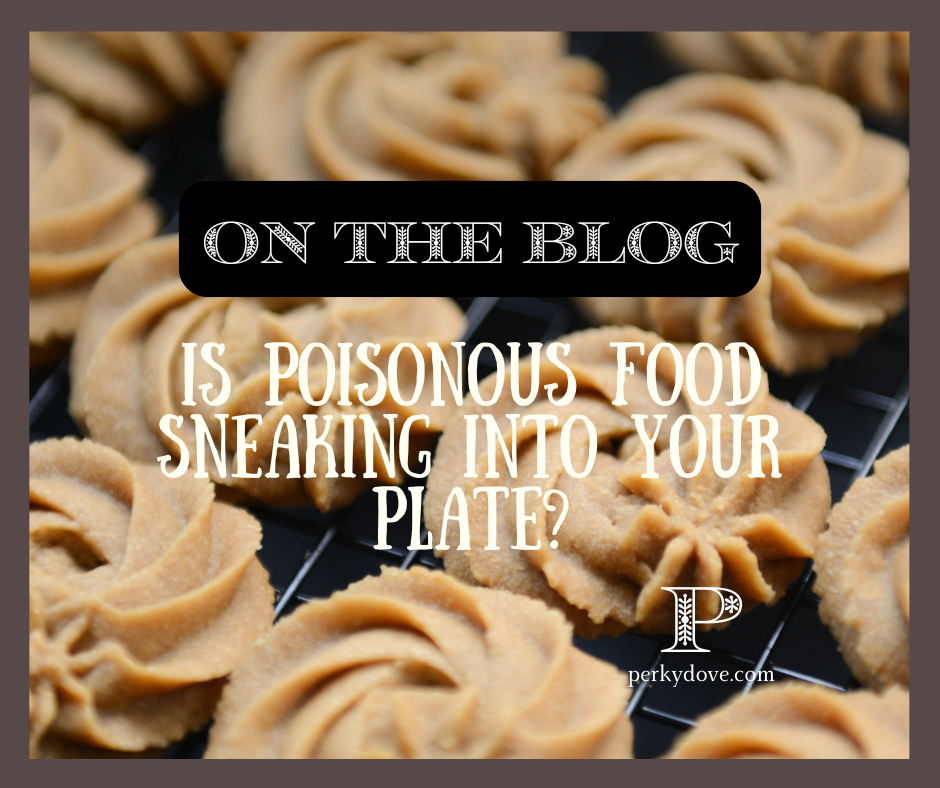
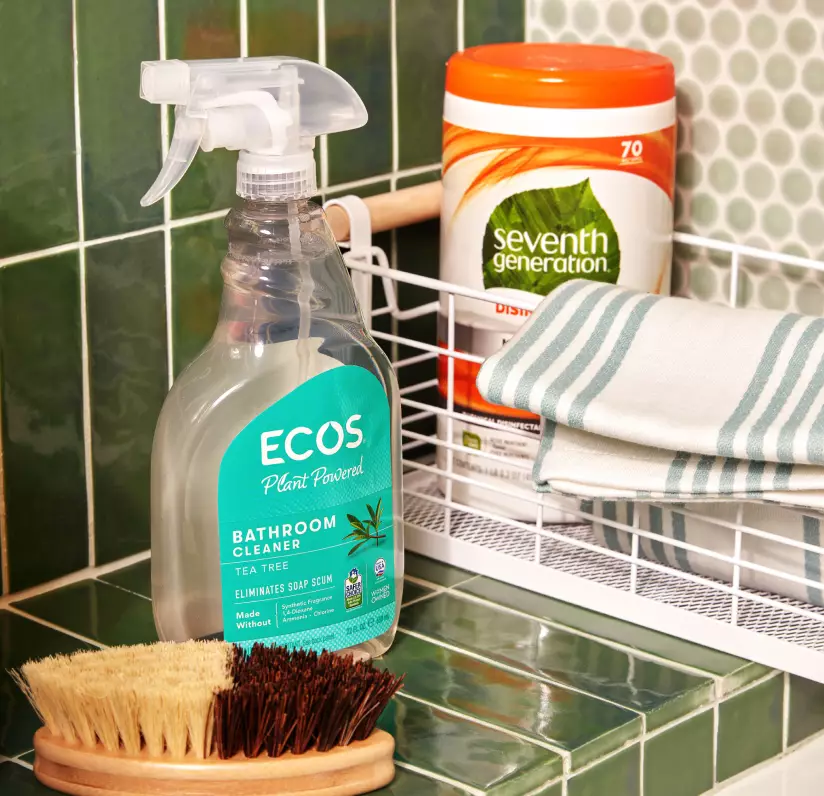

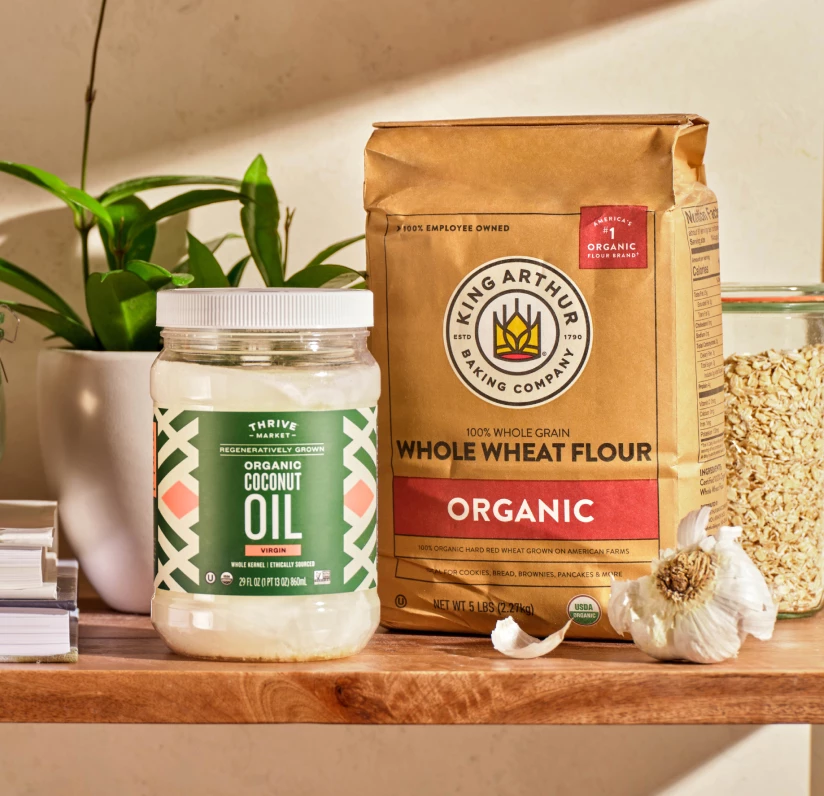



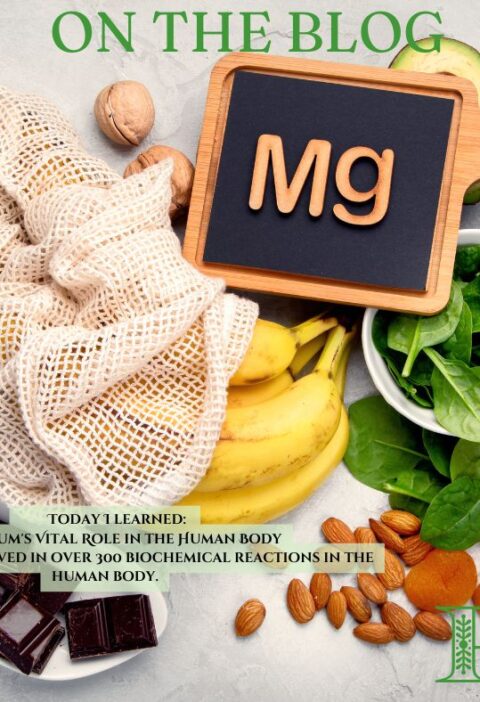
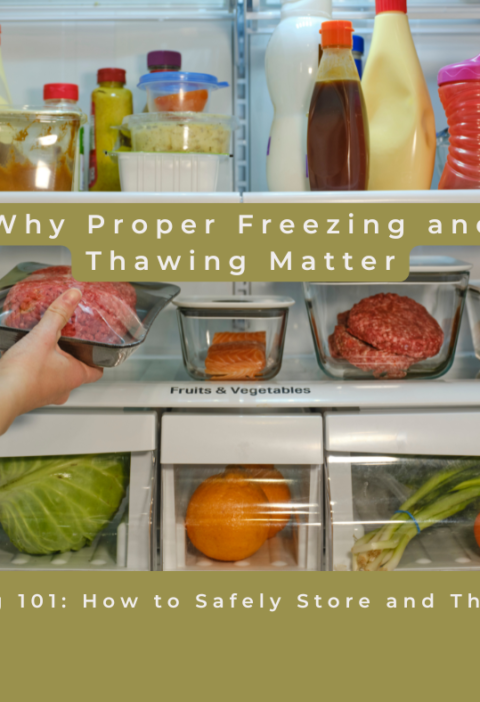
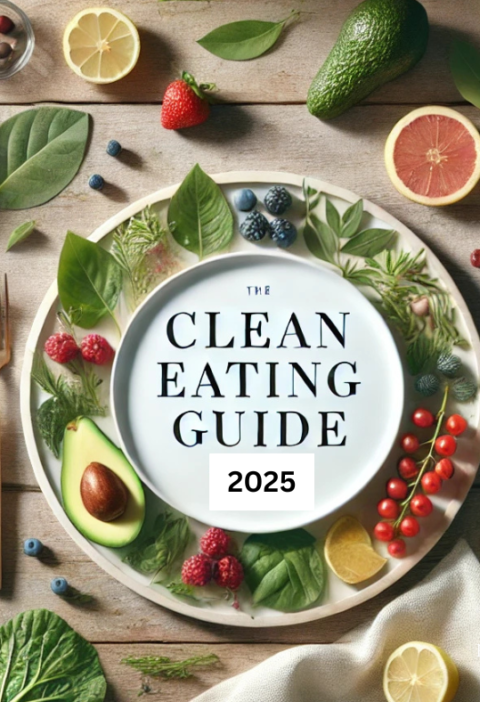
I appreciate your commitment to sharing important information like this. It’s clear that you care about our well-being and want to help us make informed decisions.